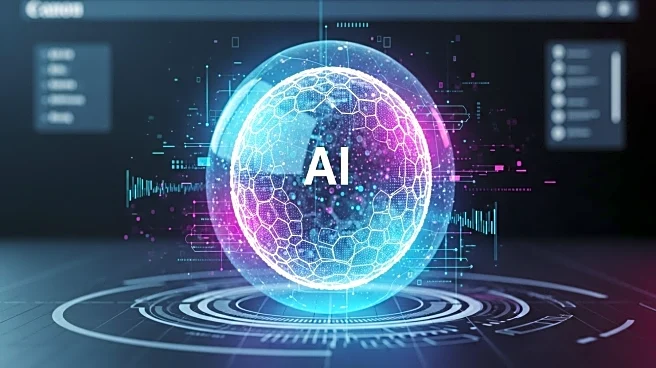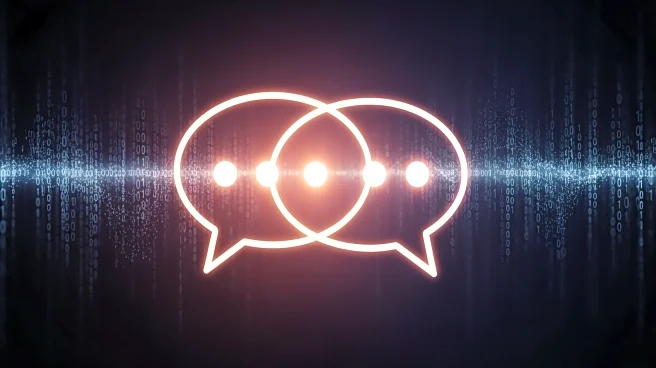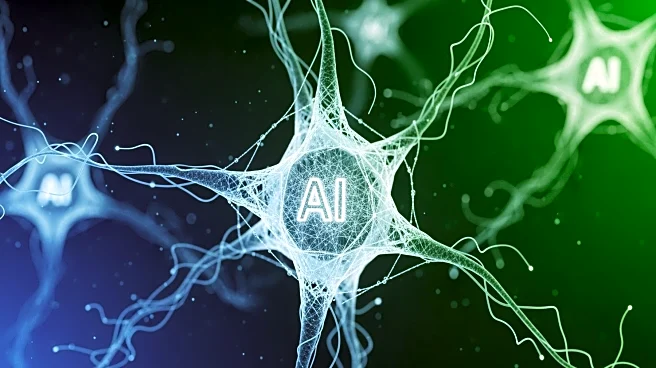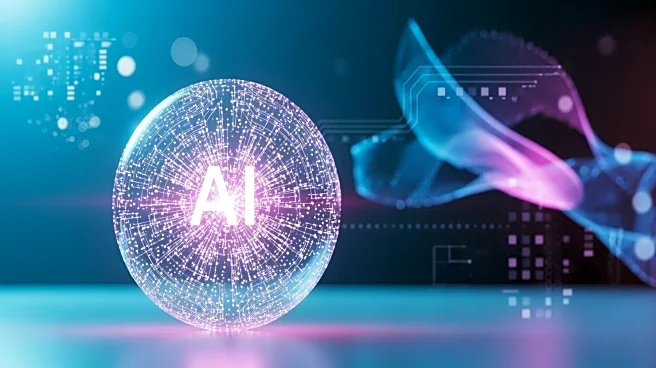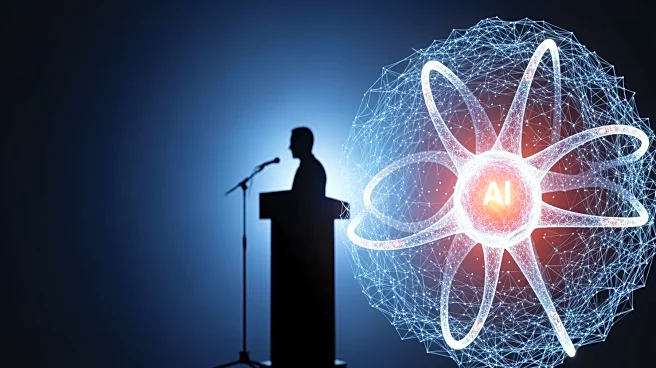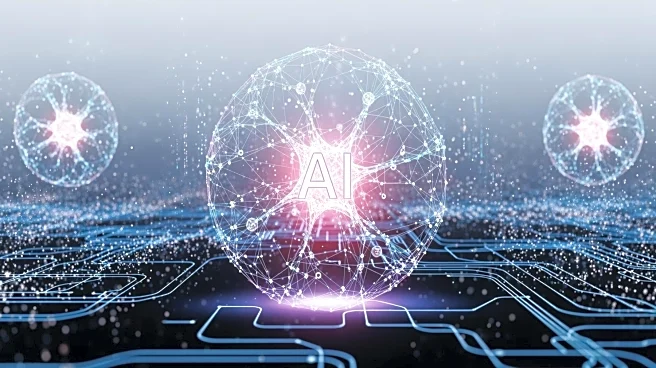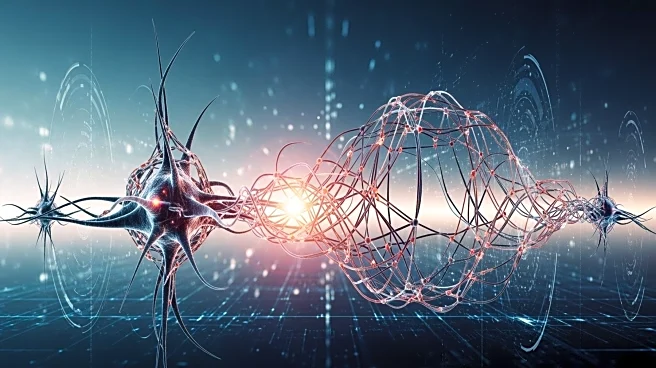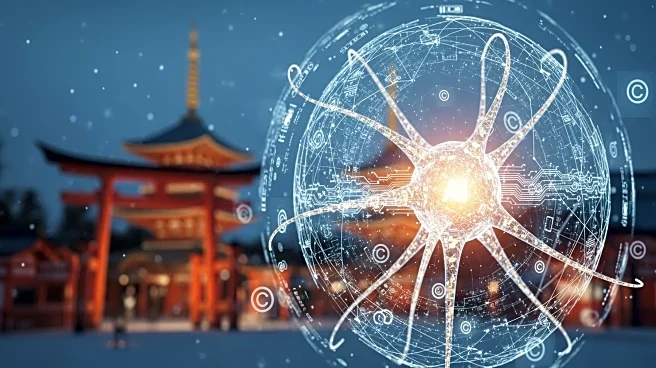What's Happening?
OpenAI, led by CEO Sam Altman, has announced plans to allow its AI chatbot, ChatGPT, to engage in adult-themed conversations for verified adults. This move marks a shift from the company's previous stance of largely banning mature content. The decision
is part of a broader strategy to increase user freedom while setting new limits for younger users. OpenAI is not the first to explore the potential of sexualized AI, as the demand for such content has been significant since the rise of AI-generated imagery and text in 2022. However, this area is fraught with legal and societal challenges, as evidenced by lawsuits against other companies for inappropriate AI interactions.
Why It's Important?
The introduction of adult content in AI chatbots like ChatGPT could have significant implications for the AI industry and society. On one hand, it presents a potential revenue stream for OpenAI, which is seeking ways to justify its high valuation amid financial losses. On the other hand, it raises ethical concerns about the impact on real-world relationships and the potential for misuse. The move could also influence the regulatory landscape, as authorities may need to address the legal and ethical challenges posed by AI systems capable of engaging in adult content. Stakeholders such as parents, educators, and policymakers will likely scrutinize these developments closely.
What's Next?
As OpenAI implements this change, it will need to navigate potential backlash from various stakeholders, including parents, educators, and regulators. The company may face increased scrutiny regarding the ethical implications and potential societal impact of its decision. Additionally, OpenAI will need to ensure robust safeguards are in place to prevent misuse and protect vulnerable users. The broader AI industry will be watching closely, as this move could set a precedent for how AI companies approach adult content and user freedom.
Beyond the Headlines
The decision by OpenAI to allow adult content in ChatGPT highlights the ongoing tension between technological innovation and ethical responsibility. It raises questions about the role of AI in society and the responsibilities of companies in managing the potential risks associated with their technologies. This development could prompt broader discussions about the ethical boundaries of AI and the need for comprehensive regulatory frameworks to address emerging challenges.


